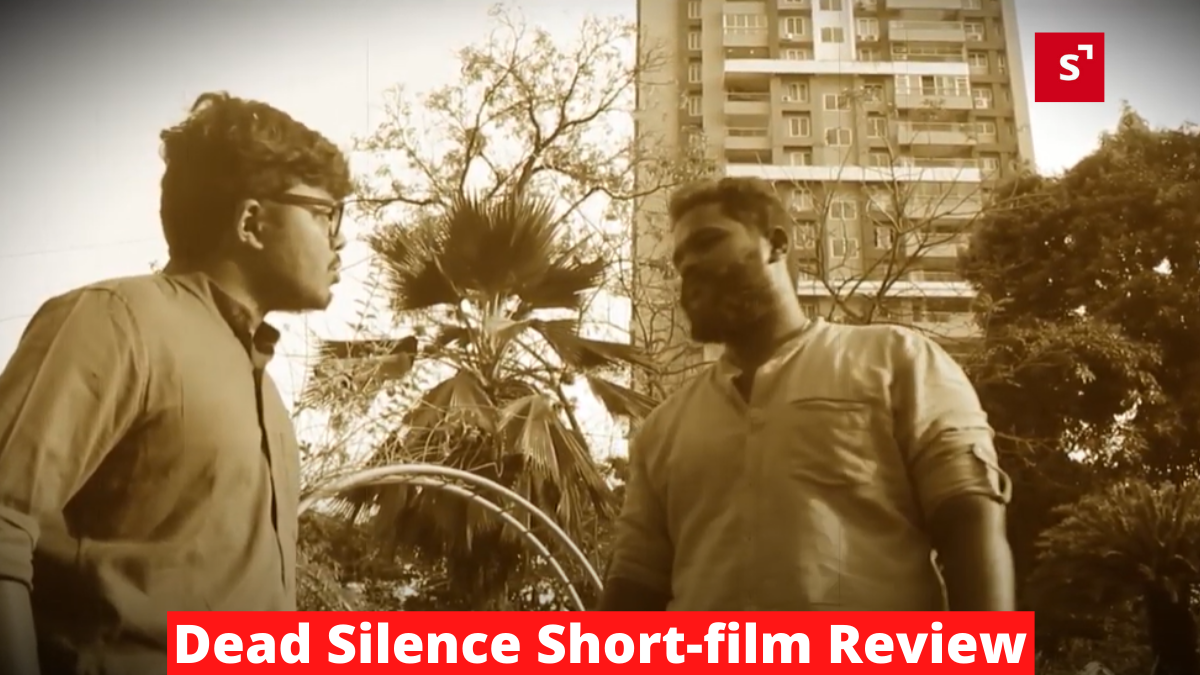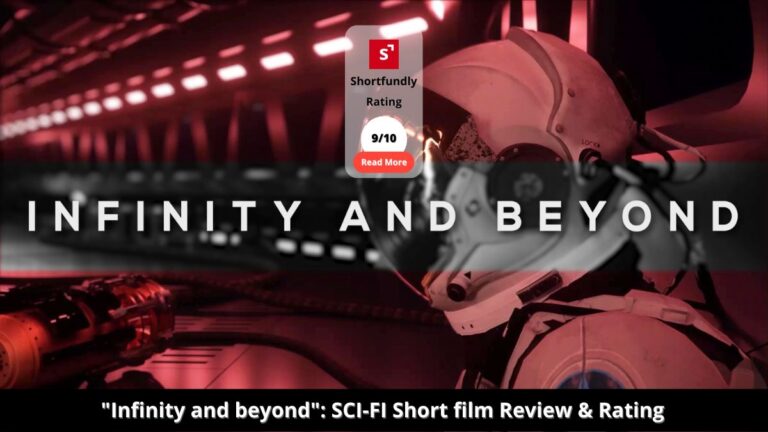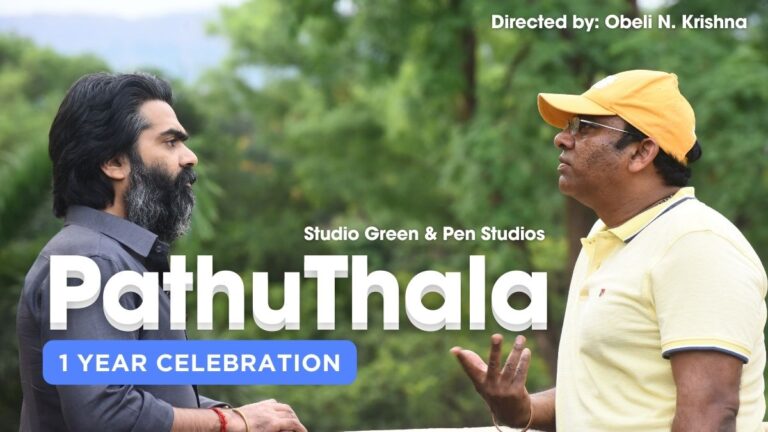DEAD SILENCE – A Duane Dsouza Film. This short film first opens with newspaper writing showing a local youth has been kidnapped. This is shocking news to all of us. In this short film, they have tried something new in the visuals part. The visuals were not clear tho but yeah kudos to the cameraman. He did a very good job. In criminal law, kidnapping is the unlawful transportation, asportation, and confinement of a person against their will. It can include anything from tying someone up, gagging them, or stuffing them in a box. The asportation/abduction element is typically but not necessarily conducted utilizing force or fear. That is, the perpetrator may use a weapon to force the victim into a vehicle, but it is still kidnapping if the victim is enticed to enter the vehicle willingly (e.g. in the belief that it is a taxicab). Kidnapping may be done to demand ransom in exchange for releasing the victim, or for other illegal purposes. Kidnapping can be accompanied by bodily injury which elevates the crime to aggravated kidnapping.
The kidnapping of a child is also known as child abduction, and these are sometimes separate legal categories. The kidnapping of children is usually done by one parent or others. The kidnapping of adults is often for ransom or to force someone to withdraw money from an ATM, but may also be for sexual assault. In the past, and presently in some parts of the world (such as southern Sudan), kidnapping is a common means used to obtain slaves and money through ransom. In less recent times, kidnapping in the form of shanghaiing men was used to supply merchant ships in the 19th century with sailors, whom the law considered unfree labor. Criminal gangs are estimated to make up to $500 million a year in ransom payments from kidnapping. Kidnapping has been identified as one source by which terrorist organizations have been known to obtain funding.
The Perri, Lichtenwald, and MacKenzie article identified “tiger” kidnapping as a specific method used by either the Real Irish Republican Army or Continuity Irish Republican Army, in which a kidnapped family member is used to force someone to steal from their employer. Bride kidnapping is a term often applied loosely, to include any bride “abducted” against the will of her parents, even if she is willing to marry the “abductor”. It still is traditional amongst certain nomadic peoples of Central Asia. It has seen a resurgence in Kyrgyzstan since the fall of the Soviet Union and the subsequent erosion of women’s rights.
Express kidnapping is a method of abduction used in some countries, mainly from Latin America, where a small ransom, that a company or family can easily pay, is demanded. Tiger kidnapping is taking a hostage to make a loved one or associate of the victim do something (e.g. a child is taken hostage to force the shopkeeper to open the safe). The term originates from the usually long preceding observation like a tiger does on the prowl. Kidnapping has sometimes been used by the family and friends of a member of an alleged cult as a method to remove the member from the alleged cult and begin a deprogramming process. Deprogramming and exit counseling have been used to get alleged cult members to abandon their groups’ beliefs. The danger presented by cult groups has been used by deprogrammers to justify using the extreme act of kidnapping to get alleged members to change their allegiance away from the group. I have seen four films inspired by the same 13th-century folk ballad: Ingmar Bergman’s “The Virgin Spring” (1960), Wes Craven’s “The Last House on the Left” (1972), David DeFalco’s “Chaos” (2005), and now Dennis Iliadis’ remake of the 1972 film, also titled “The Last House on the Left.” Law in
Most states recognize different types of kidnapping and punish accordingly; e.g., New York bases its definition of first-degree kidnapping on the duration and purpose.[23] There are several deterrents to kidnapping in the United States of America. Among these are: One notorious failed example of kidnap for ransom was the 1976 Chowchilla bus kidnapping, in which 26 children were abducted to bring in a $5 million ransom. The children and driver escaped from an underground van without the aid of law enforcement. According to the Department of Justice, kidnapping makes up 2% of all reported violent crimes against juveniles. “Phoenix Kidnappings: Uncovering the Truth”. Archived from the original on 2013-04-13. If true, this would have been the highest rate of any U.S. city and second in the world only to Mexico City.
A rise in kidnappings in the southwestern United States, in general, has been attributed to misclassification by local police, lack of a unified standard, desire for Federal grants, or the Mexican Drug War. In 2010, the United States was ranked sixth in the world (by absolute numbers, not per capita) for kidnapping for ransom, according to the available statistics (after Colombia, Italy, Lebanon, Peru, and the Philippines). In 2009, the Los Angeles Times named Phoenix, Arizona, as America’s kidnapping capital, reporting that every year hundreds of ransom kidnappings occur there, virtually all within the underworld associated with human and drug smuggling from Mexico, and often done as a way of collecting unpaid debts. However, a later audit by the U.S. Department of Justice Inspector General found only 59 federally reportable kidnappings in 2008, compared to the over 300 claimed on grant applications.
During the year 1999 in the United States, 203,900 children were reported as the victims of family abductions and 58,200 non-family abductions. However, only 115 were the result of “stereotypical” kidnaps (by someone unknown or of slight acquaintance to the child, held permanently or for ransom). What I know for sure is that the Bergman film is the best. Beyond that, the versions are a confusion of contradictions. I gave the 1972 film 3.5 stars, describing it as “a tough, bitter little sleeper of a movie that’s about four times as good as you’d expect.” I gave the 2005 film zero stars, describing it as “ugly, nihilistic and cruel — a film I regret having seen.” What do I think about the latest story about a girl who goes walking in the woods, is raped and in some versions is killed, and whose attackers then seek shelter in the house of her parents, who realize who they are, and take revenge? Would I still admire the 1972 version today? Can I praise 2009’s after savaging 2005’s? Isn’t it all more or less the same material? Not quite. In the Bergman film, the father asks God’s forgiveness for taking vengeance and says, “I promise you, God, here on the dead body of my only child, I promise you that, to cleanse my sins, here I shall build a church. On this spot. Of mortar and stone … and with these, my hands.” And such a church was built in the 1300s and still stands at Karna in Sweden. No churches will be built because of the other films, no parents will ask forgiveness and few members of the audience will think they should.
These films are in the horror genre, which once tried to scare the audience, but now invites the audience to share the fear and pain of the characters. It is the one genre that can lead the box office without name stars, perhaps because its fans know that big stars very rarely appear in one (I’m not thinking of films where the story is first, but those in which graphic violence is first). Horror films have connoisseurs, who are alert to gradations in violence. The well-informed critic “Fright” at the Web site Horror Movie a Day writes: “In the original, EVERYTHING was just so depraved, the rape barely stuck out as anything worse than the other things they endured. Not the case here, and so while some may cry foul that the movie is too toned down, I think it’s a good decision.” Not many unseasoned audience members will find the 2009 rape scene “toned down,” and indeed I found it painful to watch. The 2005 film, was so reprehensibly and lingeringly sadistic, I found it unforgivable. So now my job as a film critic involved grading rape scenes. I don’t think I can. I wrote that original “Last House” review 37 years ago. I am not the same person. I am uninterested in being “consistent.” I approach the new film as simply a filmgoer. I must say it is very well made. The rape scene appalled me. Other scenes, while violent, fell within the range of contemporary horror films, which strive to invent new ways to kill people, so the horror fans in the audience will get a laugh. This film, for example, which as I write has inspired only one review (by “Fright”), has generated a spirited online discussion about whether you can kill someone by sticking their head in a microwave.
Many argue that a microwave won’t operate with the door open. Others cite an early scene establishing that the microwave is “broken.” The question of whether one should microwave a man’s head never arises. Let’s set that aside and look at the performances. They’re surprisingly good, and I especially admired the work of Monica Potter and Tony Goldwyn as the parents of one of two girls who go walking in the woods. It is no longer only the father who takes revenge; both parents work together, improvising, playing a deadly chess game in their own home, which they know better than the villains. We are only human, we identify with the parents, we fear for them, and we applaud their ingenuity. There is also sound work by Krug (Garret Dillahunt), the convincingly evil leader of a pack of degenerates. He isn’t just acting scary. He creates a character. And Sara Paxton, who has been acting since 8 and was 20 when the movie was made, shows that they are better than the bubblehead roles they are mostly given. The climax was very well written by Dwane Dsouza.
These are my ratings:
1. Direction – I want to give away 7/10
2. Script – I want to give away 7.5/10
3. Screenplay – I want to give away 7.5/10
4. Editing – I want to give away 7/10
5. Cinematography – I want to give away 7/10
6. Lighting – I want to give away 7.5/10
7. Music – I want to give away 7/10
8. Sound effects – I want to give away 7/10
9. Understanding the plot – I want to give away 7/10
10. Artists acting – I want to give away 9/10
11. Climax – I want to give away 9/10
12. Creativity and Innovation – I want to give away 8/10
From my side, I give the Dead Silence short film an overall rating of 7 out of 10.
Watch Dead Silence short film Now
I hope you love this review… Please do not forget to share this review with your friends, family, and your loved ones. Cheers!!!
Also read latest short film review from shortfundly
- Closing Time (2023) – Short Film Review
- C/o Kilpakkam – A Short Film Review
- Infinity And Beyond – Sci-fi English Short film Rating – 9/10
- ABHIVRDH Hindi Drama Shortfilm 2022 – Review & Rating – 7.5/10
- THE AWAKENING Short Film – Review & Rating – 9.0/10
- COFFEINED AT 15 (2022) | AWARD WINNING SHORTFILM – Review & Rating – 9.0/10
- Mulaquat Ansuni – Short Film Review & Rating – 7/10
- ONCE MORE – Telugu Short film Review & Rating – 9.0/10
- citiZEN – Tamil Short film Review & Rating – 9.0/10
- WRITER CHOR – Hindi Short film Review & Rating – 7.0/10
About Shortfundly
Shortfundly is an online technology and design-focused, data-driven OTT platform company that curates and shares the best short films and stories through our global multi-platform network. Our video and editorial platform enables a global audience to easily discover, watch, and share unique stories anywhere on their desktop and mobile devices.
Our vision is to continually grow the community of short film audiences to enable a wide and accessible market reach for short films and become the leading micro-cinema/short film platform.
If you plan to release and promote in OTT platform. Learn how to distribute short film via shortfundly
For publishing an advertorial article about your digital news/product launch/ short film/web series/album song on our website, drop an email at [email protected]
We accept guest blogging on our platform. Do let share your article with us
Check out our YouTube channel for other interesting podcasts & interviews with filmmakers.
Or join our Telegram group to interact with other filmmakers.


















